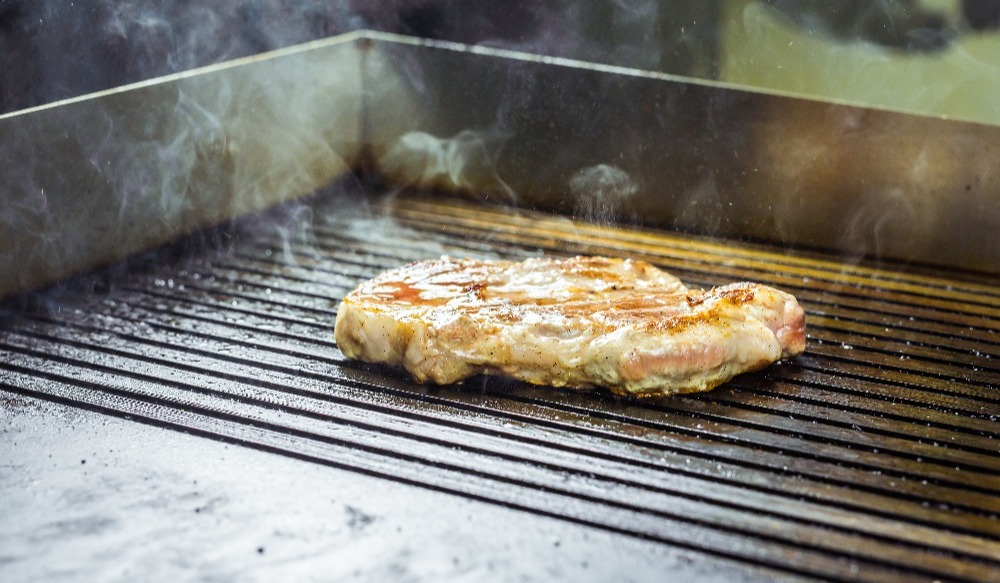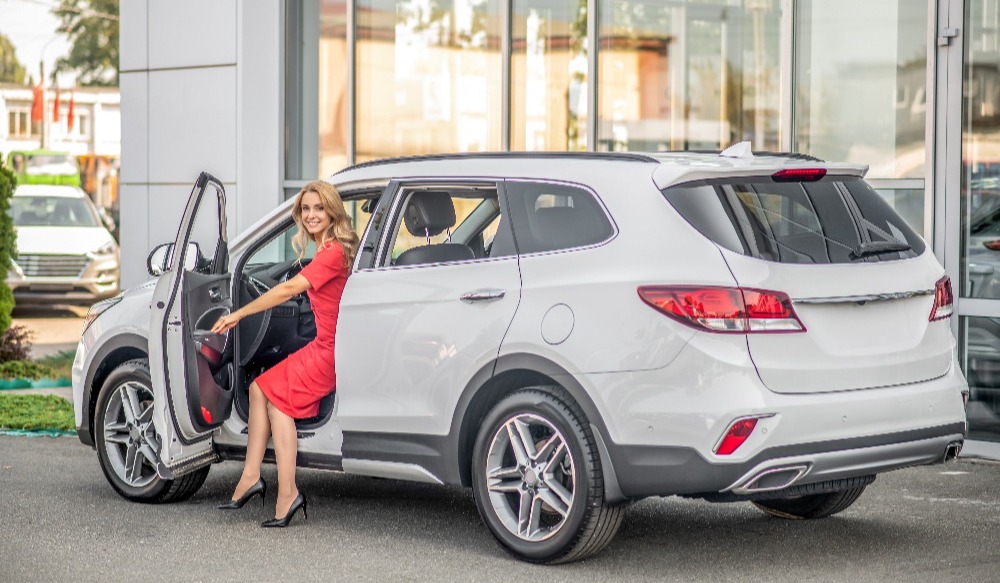
The Concklin Blog


Key Challenges & Trends for Personal Lines in the Second Half of 2024
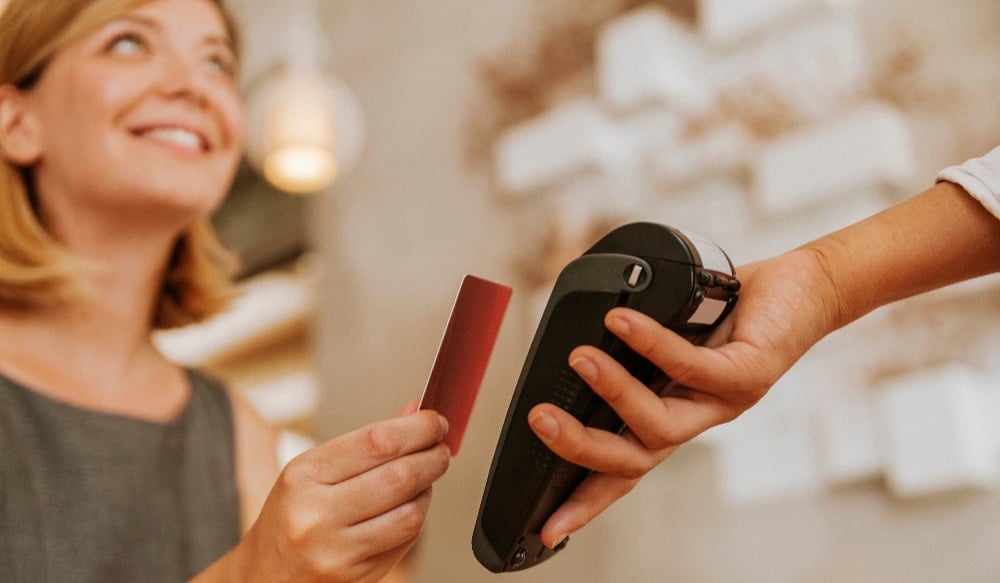
The Vital Role of Cyber Liability Insurance for Restaurants
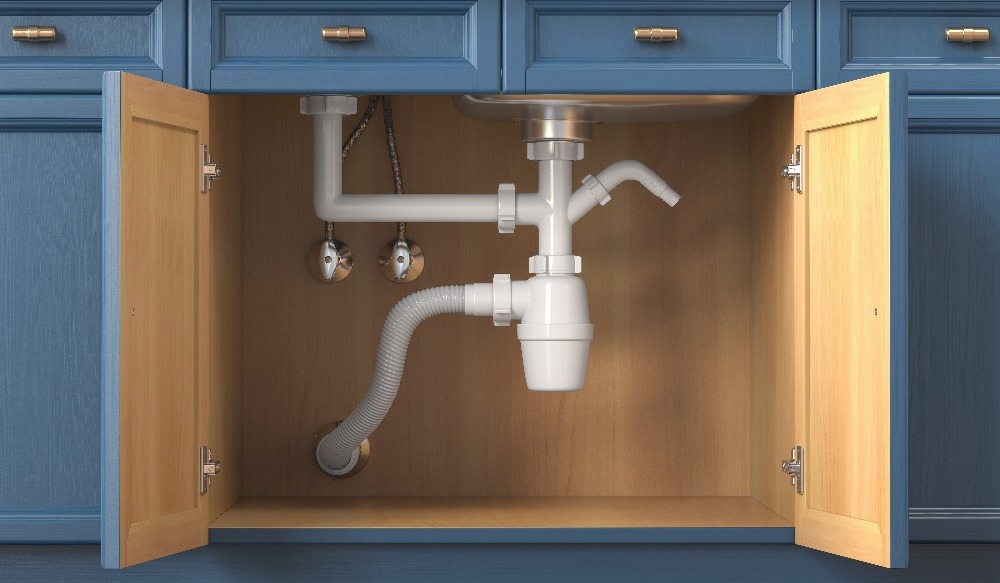
Understanding Water Damage: What Homeowners Need to Know
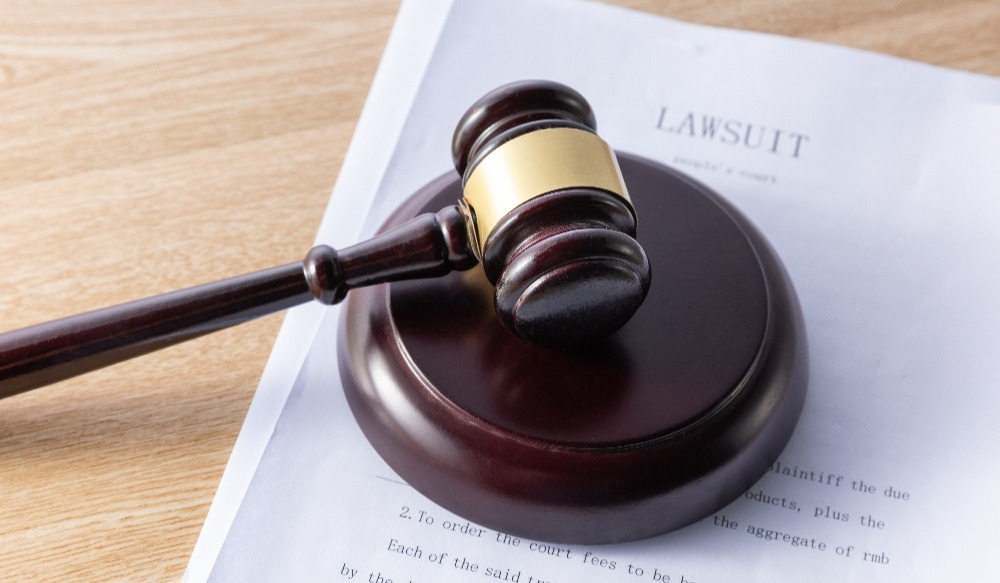
Understanding Employee Liability Insurance: A Crucial Safeguard for Businesses Against Legal Risks

Unlocking Savings: The Power of Longevity Credits

My Homeowners and Personal Auto rates are increasing – What is going on?!

Unlock a stable future with Key Person Life Insurance
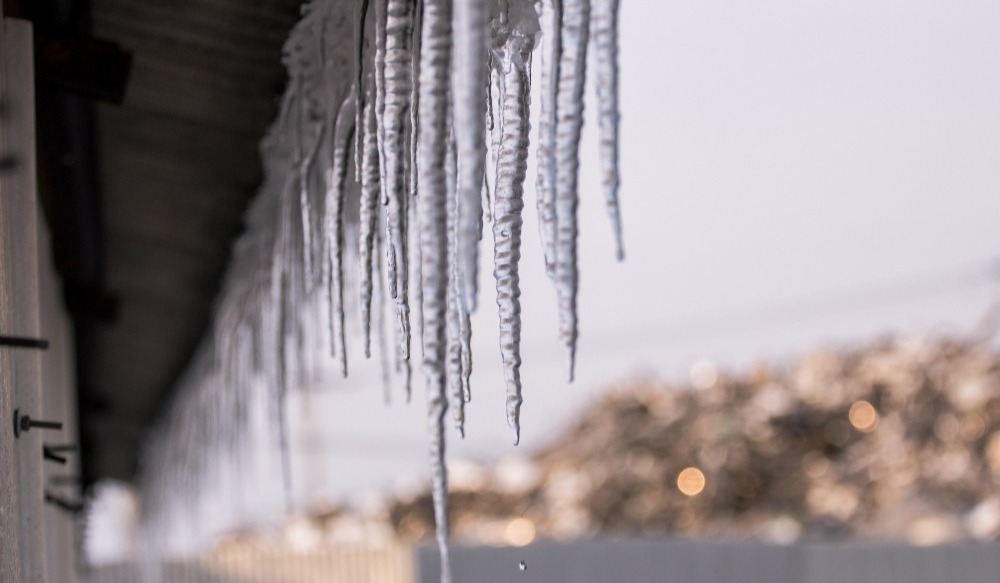
Preventing Hazards of Winter: The Dangers of Ice Build-Up
